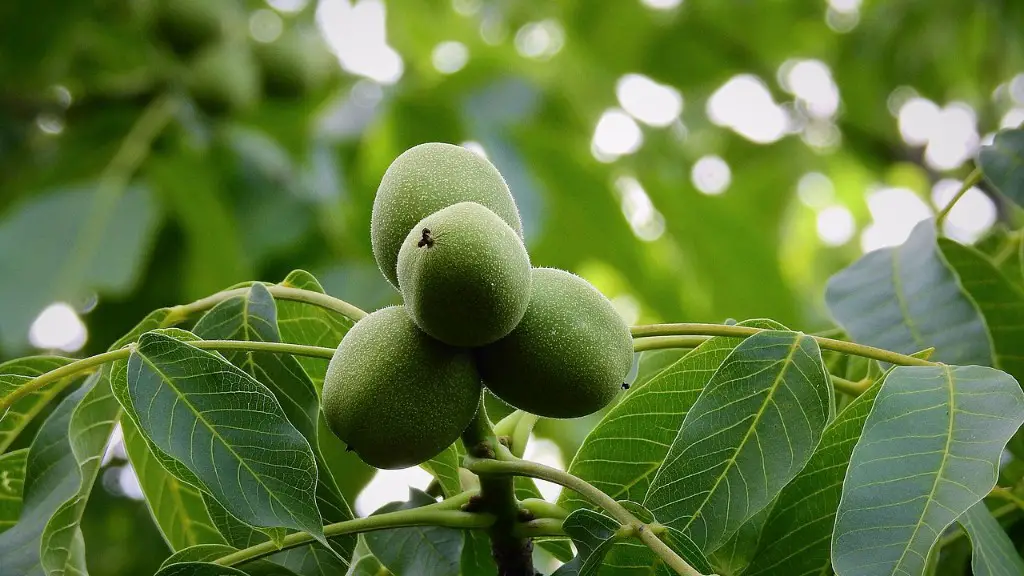Overview
The avocado tree is one of the most beloved plants by health conscious people around the world. Its sweet and creamy fruit is full of nutrients, and it’s an excellent source of healthy fats and vitamins. People often wonder whether this tropical tree has big roots or not. The root system of an avocado tree is very sophisticated, and it can vary significantly depending on the variety of the tree and its conditions. In this article, we’ll go over the basics of the avocado root system, as well as important considerations for planting one.
Root System of Avocado Trees
In general, the root system of an avocado tree consists of a shallow, wide-spreading system of laterals, or lateral roots. These are the main roots that absorb moisture and nutrients from the soil. Avocado trees are also capable of sending roots down into the deeper layers of the soil, but these are not considered the primary root system. This system allows the tree to absorb more water and nutrients than other trees.
The primary roots of the avocado tree are shallow but spread out in all directions. This allows it to effectively create a large base for the tree and absorb moisture and nutrients more efficiently. It’s believed that this root system is the primary reason that avocado trees are able to survive in the hot and dry climates that they’re native to.
When planted in the right conditions, avocado trees can reach an impressive height and spread. The roots of the trees can spread far beyond the base of the tree, and this can cause problems for other plants and trees because the avocado tree will absorb water and nutrients from the soil around it, leaving other plants and trees with a reduced amount of moisture and nutrients.
Considerations
If you’re planning on planting an avocado tree, it’s important to consider its potential root system. In general, an avocado tree will do best in a shallow, sunny, and well-draining location. Theses conditions will help the tree establish a healthy and expansive root system that can help the tree thrive in its environment. It’s also important to note that avocado trees tend to be disease prone, so it’s important to inspect the tree for signs of disease before planting it.
It’s a good idea to water an avocado tree deeply once a week during the growing season, and it’s important to consider the potential drainage of the soil and the location of other nearby plants. It’s also important to note that avocado trees don’t like very wet soil, so if you live in a place that receives a lot of rainfall, it might be best to plant the tree in a raised bed with well-draining soil.
Fertilization and Pruning
Avocado trees require regular fertilization in order to thrive. You should add a balanced fertilizer to the tree twice a year, once in the spring and once in the fall. It’s also important to keep the tree pruned in order to keep it healthy and encourage the right kind of growth. This will help to prevent the tree from getting too big, and it will also help to keep the tree’s root system in check.
Pest Management
Avocado trees are susceptible to a variety of pests and diseases, including root rot and ants. It’s important to inspect the tree regularly for signs of infestation, and to take appropriate measures to manage the problem. In general, regular pruning and fertilization can help to keep pests and diseases away, as well as proper drainage, since pests and diseases tend to thrive in wet conditions.
Diseases and Pests
There are a variety of diseases and pests that can affect an avocado tree, including root rot, ants, and mites. It’s important to keep an eye out for any signs of damage, and to take prompt action if it’s detected. Treating the tree with a fungicide can help to manage root rot, and using ant baits and insecticides can help to manage ants and mites.
Harvesting
Avocado trees can take up to five years to produce fruit, although some trees may take longer. For the best results, allow the fruit to ripen on the tree and harvest it only when it reaches full maturity. If the fruit is left on the tree too long, the quality of the fruit may suffer, and this can reduce the overall yield.
Conclusion
The root system of an avocado tree is intricate and sophisticated. The tree prefers warm, sunny, and well-draining locations and should be inspected for signs of disease before planting. Once rooted and established, an avocado tree requires regular fertilization and pruning in order to remain healthy and encourage the right kind of growth. Finally, the fruit must be harvested at the right maturity level in order to maximize the yield.

